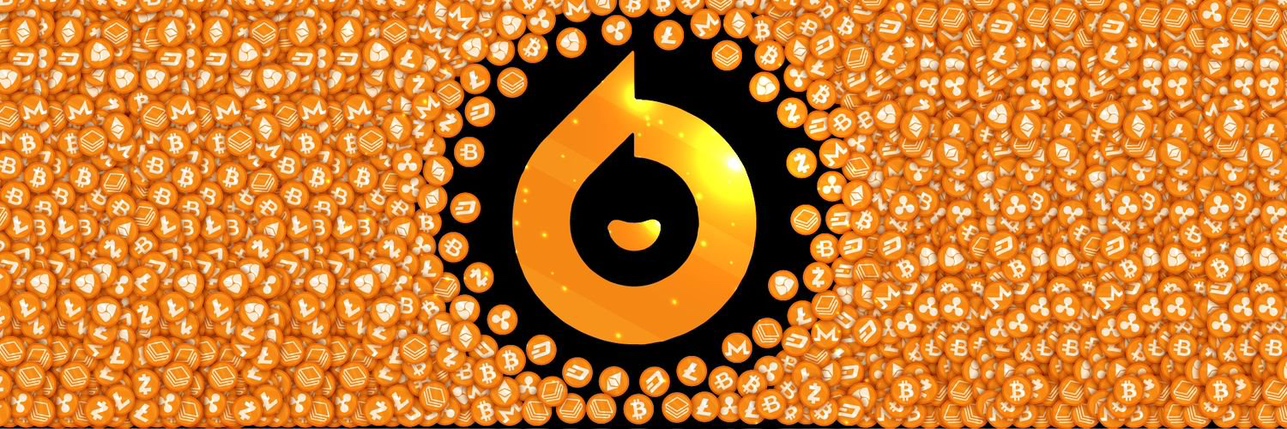ALPHA/TWD 匯率換算器
Stella 市場資訊
今日Stella即時價格TWD
您認為今天 Stella 價格會上漲還是下跌?
目前您已了解 Stella 今日價格,您也可以了解:
如何購買 Stella(ALPHA)?如何出售 Stella(ALPHA)?什麼是 Stella(ALPHA)?如果您購買了 Stella (ALPHA) ,會發生什麼事?今年、2030 年和 2050 年的 Stella (ALPHA) 價格預測?哪裡可以下載 Stella (ALPHA) 的歷史價格數據?今天其他同類型加密貨幣的價格是多少?想要立即獲取加密貨幣?
使用信用卡直接購買加密貨幣。在現貨平台交易多種加密貨幣,以進行套利。Stella價格預測
什麼時候是購買 ALPHA 的好時機? 我現在應該買入還是賣出 ALPHA?
ALPHA 在 2026 的價格是多少?
2026 年,基於 +5% 的預測年增長率,Stella(ALPHA)價格預計將達到 NT$0.3211。基於此預測,投資並持有 Stella 至 2026 年底的累計投資回報率將達到 +5%。更多詳情,請參考2025 年、2026 年及 2030 - 2050 年 Stella 價格預測。ALPHA 在 2030 年的價格是多少?
Stella (ALPHA) 簡介
Alpha Venture DAO是一种加密货币,它在加密货币市场上具有重要的历史意义和关键特点。作为一种去中心化自主组织(Decentralized Autonomous Organization, DAO),Alpha Venture DAO允许持有者参与平台的决策和治理。该加密货币的目标是为持有者带来更高的收益,并促进社区参与和共享经济。
Alpha Venture DAO的核心特点之一是其去中心化的决策机制。它通过智能合约和链上投票的方式,将平台的重要决策交由持有者共同决定。这意味着没有中心化的权力机构可以单方面决定平台的发展方向,从而确保了透明和公正。
此外,Alpha Venture DAO也注重社区的参与和贡献。持有者可以通过持有和质押Alpha Venture DAO来获得一定比例的收益,并有机会参与项目的治理和发展。这种社区参与的模式可以激励持有者积极参与平台的生态建设,并增强社区的凝聚力。
Alpha Venture DAO还具有高度安全性和可追溯性。该加密货币运行在区块链技术上,所有的交易和决策都是公开和透明的。这种可追溯性不仅可以保证平台的安全性,还可以提高人们对Alpha Venture DAO的信任度。
尽管Alpha Venture DAO在加密货币行业相对较新,但它已成为该领域的一个重要参与者。它为持有者提供了参与和分享平台成功的机会,并推动了去中心化金融(DeFi)的发展。Alpha Venture DAO在加密货币领域中具有深远的历史意义,并且其关键特点使其成为一个备受关注的加密货币项目。
请注意,本文仅对Alpha Venture DAO进行了简要介绍,并没有详细探讨其具体细节和特点。如需了解更多相关信息,请咨询相关权威机构或浏览Alpha Venture DAO官方网站。
Bitget 觀點

您可以用 Stella (ALPHA) 之類的加密貨幣做什麼?
輕鬆充值,快速提領買入增值,賣出套利進行現貨交易套利進行合約交易,高風險和高回報透過穩定利率賺取被動收益使用 Web3 錢包轉移資產什麼是 Stella,以及 Stella 是如何運作的?
全球Stella價格
購買其他幣種
常見問題
Stella 的目前價格是多少?
Stella 的 24 小時交易量是多少?
Stella 的歷史最高價是多少?
我可以在 Bitget 上購買 Stella 嗎?
我可以透過投資 Stella 獲得穩定的收入嗎?
我在哪裡能以最低的費用購買 Stella?
相關加密貨幣價格
Bitget 平台新上架幣種的價格
熱門活動
您可以在哪裡購買Stella(ALPHA)?
影片部分 - 快速認證、快速交易










